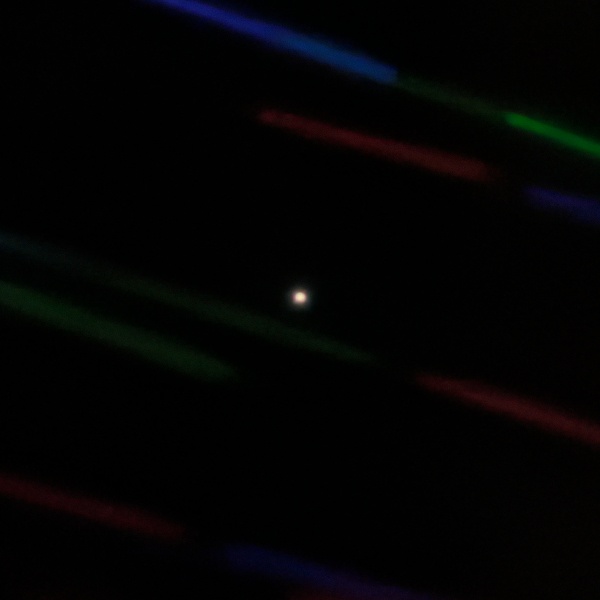
The minimoon, known as 2020CD3 (CD3 for short), was first discovered by Kacper Werizchos and Teddy Pruyne using data from the Catalina Sky Survey.
Grigori Fedorets assembled a team of 23 astronomers worldwide to make careful observations of the object to determine its identity!
Like all solar system objects, the minimoon experiences a slight pressure from the solar wind and solar radiation.
This effect is directly proportional to the surface area of the object in question.
By measuring the size of an object and observing the deviation in its orbit from that predicted solely from the influence of gravity, we can gain useful insight into our target. .
When asked about it, the lead author of the Astronomical Journal paper, Grigori Fedorets, commented, “We compare the surface area to the mass.Another way to look at it is that the sun has less influence on the orbit of CD3 than we would expect for anything human-made, leading us to determine that the object is solid?
When space-rocks are found close to Earth, questions like this seem to pop up inevitably.
In addressing such fearful questions, Fedorets puts it this way; â€This particular minimoon has a diameter of one or two meters.
If it were to hit Earth, it would burn up in the atmosphere.†Fedorets continues, “…in general; these minimoons are quite small.†.
It is by calculating the object’s path backward in time that we know it was a minimoon to begin with.
“It was discovered on its way out of the Earth-Moon system.
Before it left, it had been captured for 2.7 years.†Fedorets explained that this capture time is actually quite extended, “According to our simulations, an average minimoon would only be captured for about nine months…it’s a longer capture time than we expected.â€.
Compared to an enormous object like a planet, that might seem fast, but given the tiny size of this object, it is a most leisurely spin. .
CD3 is only the second natural minimoon discovered, the first being 2006 RH120, found fourteen years earlier.The upcoming Vera Rubin Observatory should blow the doors off of the rate of minimoon discovery.“We would expect to find one every two or three months in the best case.†With first light expected in 2021, we may very well be on the verge of a new era in minimoon astronomy (along with the myriad of other discoveries that are associated with observatories of this magnitude.) .
Fedorets remarks, “They [objects like CD3] contain the oldest material in the solar system, and studying them in detail tells us about how the solar system was born and shaped.†He continues, “This is a rare treat for astronomers to find such an object…it would be exciting to one day go and visit one of these, touch it with some instruments, and learn more about the solar system… and we don’t really know so much about these meter to ten-meter size objects.
This couch-sized lump of space rock might be a little thing, but the current and future study of this and similar objects is a big deal?